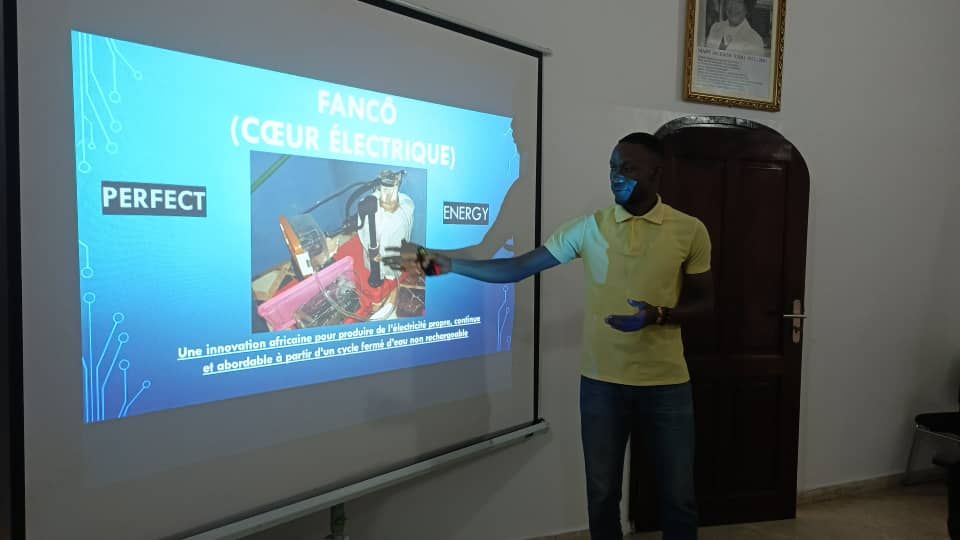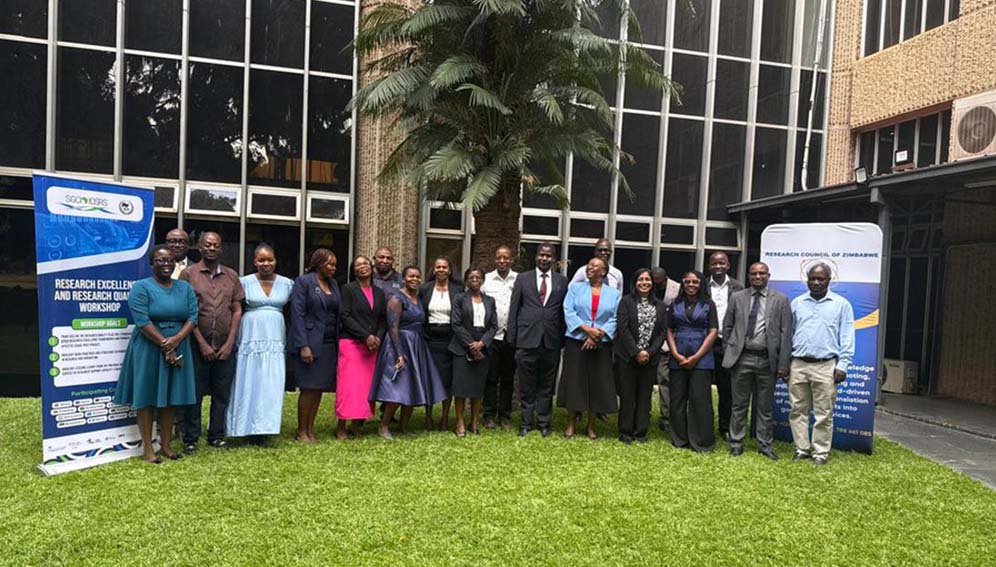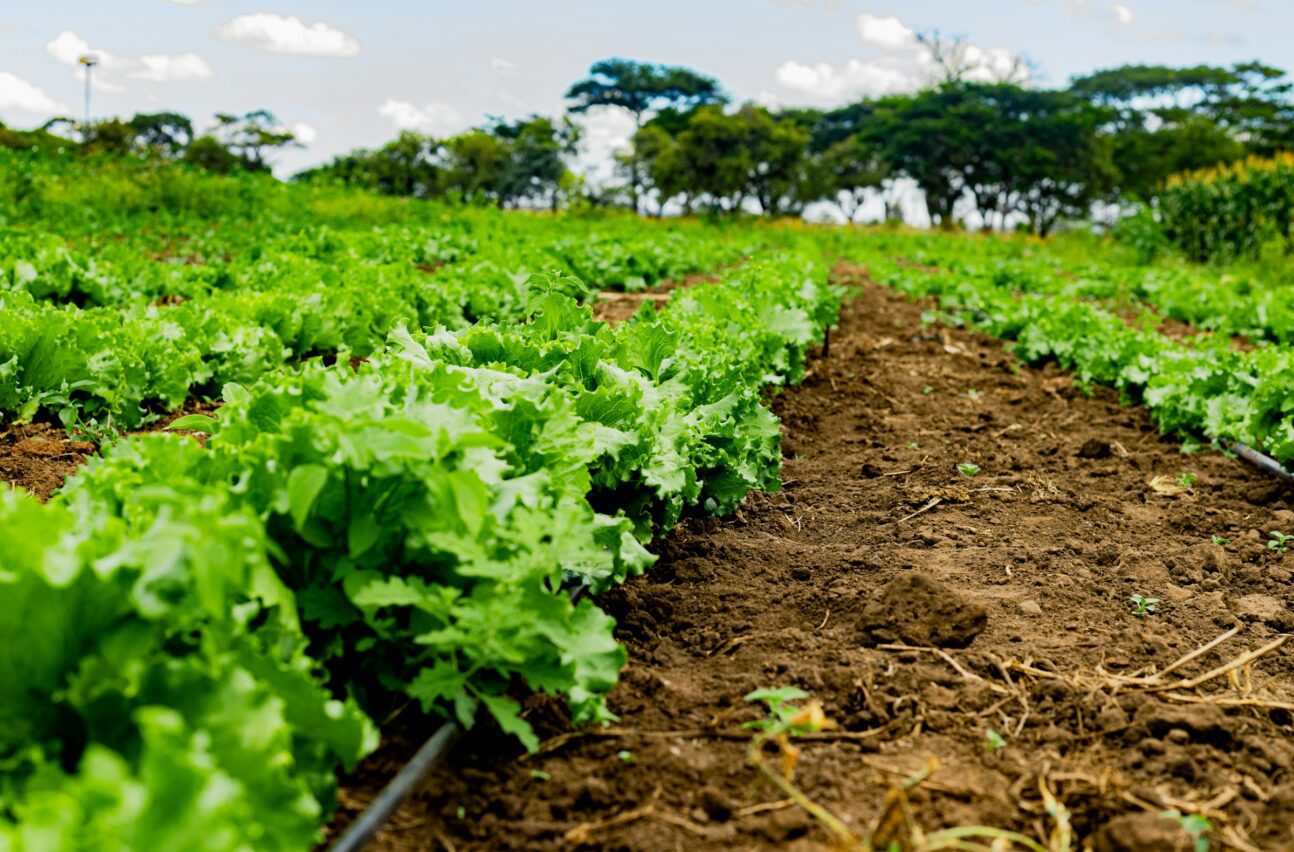SGCI News
[SciDev.Net] Millions of people parts of Africa are facing record levels of hunger, the UN World Food Programme has warned. Yet at the same time, the region is rapidly losing…
[SciDev.Net] Millions of people parts of Africa are facing record levels of hunger, the UN World Food Programme has warned.
Yet at the same time, the region is rapidly losing forests, one of its most valuable food sources.
According to the Food and Agriculture Organization, the rate of forest loss in Africa has been increasing steadily over the last three decades, with 3.94 million hectares lost between 2010 and 2020.
These forests are not just biodiversity hotspots, they are vital to the survival of millions of people who rely on them for wild foods, medicine, fuel, and income.
The result is a vicious cycle. As food insecurity grows, people turn to forests for survival, increasing deforestation. But as these forests disappear, so too does a critical safety net that could help communities cope with hunger and climate shocks.
In this episode of Africa Science Focus, reporter Michael Kaloki investigates why protecting forests is essential for food security across the continent.
Laura Mukhwana, coordinator of the Global Landscapes Forum in Nairobi, Kenya, explains that forests play a direct role in local food systems.
She also warns that forest conservation won’t work without better communication between researchers and the communities who depend on these resources.
Richard Sufo, a Cameroonian scientist at the Center for International Forestry Research and World Agroforestry, points to traditional agroforestry systems, where trees and crops grow together, as a powerful, homegrown solution. He says it is important to integrate traditional knowledge with modern science to protect forests and build resilient food systems.
In Uganda, Joel Ngobi is putting these ideas into action. Through the School Food Forest Initiative, he combines indigenous knowledge with modern science to improve student nutrition and teach sustainable land management. His model empowers communities to grow their own food while conserving the land.
————————————————————————————————————
This podcast was supported by the Science Granting Councils Initiative which aims to strengthen the institutional capacities of 18 public science funding agencies in Sub-Saharan Africa.
Do you have any comments, questions or feedback about our podcast episodes? Let us know at podcast@scidev.net
Africa Science Focus is produced by SciDev.Net and distributed in association with your local radio station
This piece was produced by SciDev.Net’s Sub-Saharan Africa English desk.
Related News
Councils seek solutions to research financing crisis
African countries are working to strengthen research quality, ethical practice, and grant management through the Research Excellence and Good Financial Grant Practices Workshop. The Science Granting Councils Initiative (SGCI), together with the Association of African Universities and Senegal’s Ministry of Higher Education, Research and Innovation,…
Innovation awards boost Côte d’Ivoire’s national research drive
The Fund for Science, Technology and Innovation (FONSTI) opened the audition phase for the FONSTI Innovation Prize 2025, marking a decisive moment in a process launched earlier this year to strengthen Côte d’Ivoire’s innovation ecosystem. The auditions follow the official launch of the inaugural Innovation…
Zimbabwe moves to strengthen research governance
With the growing need to improve the quality, integrity, and impact of scientific work in the country, the Research Council of Zimbabwe (RCZ) has convened a three-day Research Excellence and Research Ethics Workshop aimed at strengthening governance and ethical standards across the national research system….
SGCI funded projects
Rwanda’s integrated approach to sustainable agriculture and nutrition
Project Titles & Institution Areas of Research Number of Projects being funded Project Duration Grant Amount In-Kind Distribution Council Collaboration with other councils





